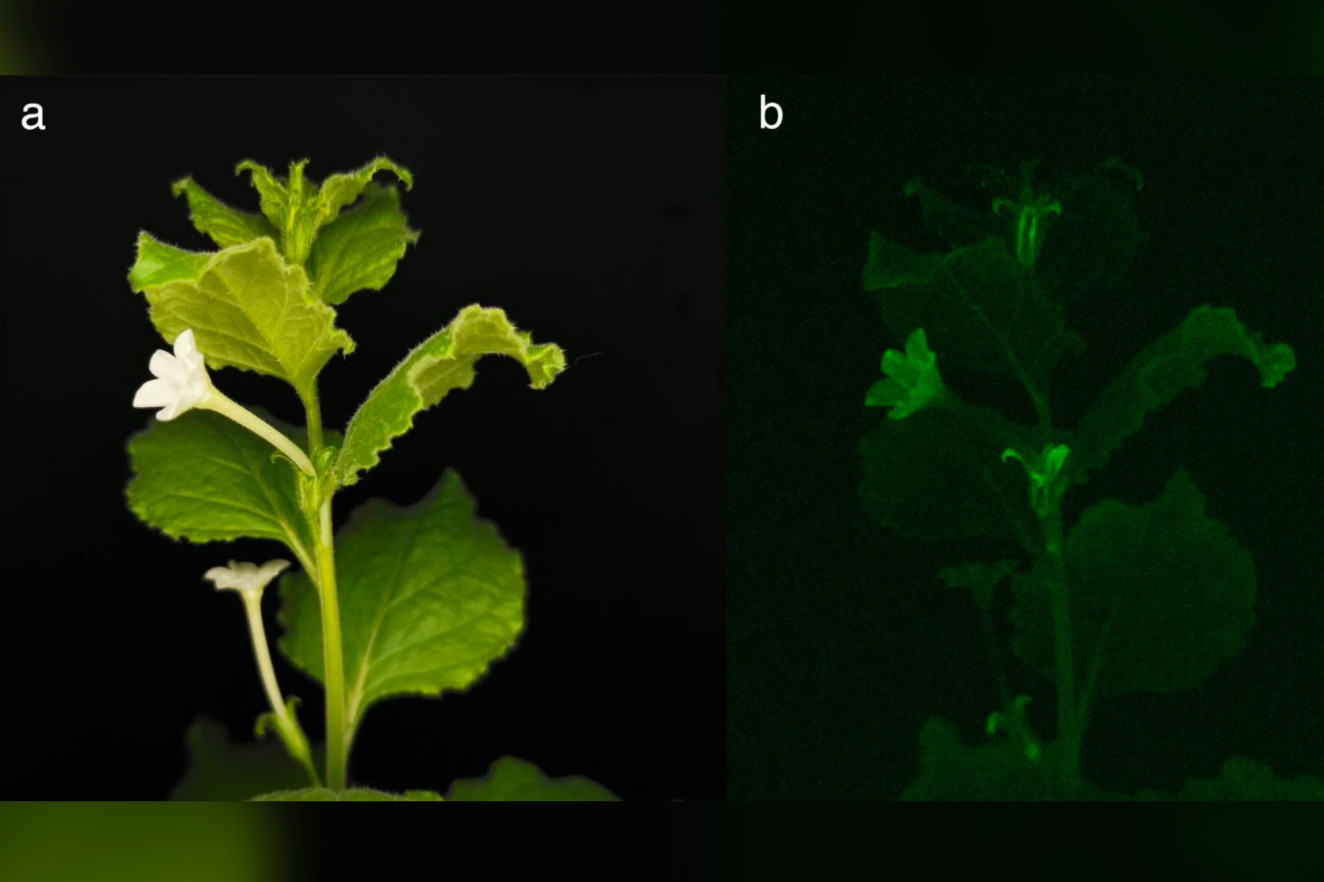Spectacular Glow-In-The Dark Plants May Soon Be Lighting Up Your Homes
Language
Reading Level
Listen to Article

Over the years, there have been numerous attempts to create "glow-in-the-dark" plants. However, none of the approaches — which included infusing plants with nanoparticles of the luciferins and enzymes needed for the phenomenon to occur, or incorporating them with bacterial bioluminescence genes – proved feasible.
The attempts either resulted in dimly-lit flora, negatively impacted the plant's health, or were too expensive and cumbersome to implement on a large scale. Now, a team of Russian and British scientists has found a way to grow sustainable glowing plants by naturally altering their DNA.

Karen Sarkisyan from the London Institute of Medical Sciences and Ilia Yampolsky of the Russian Academy of Sciences began by inserting four genes from a bioluminescent mushroom called Neonothopanus nambi into the DNA of tobacco plants. The genes were all related to enzymes that help the fungi convert caffeic acid, which is naturally present in all plants, into luciferin that emits energy as light. More importantly, the enzymes turned the resulting substance back into caffeic acid, allowing the cycle to repeat forever.
The resulting plants projected a greenish hue that was about ten times brighter than that produced by plants infused with bioluminescent bacterial genes. Though the entire plant lit up, the flowers put up the most dazzling light show. "They glow both in the dark and in the daylight," said Sarkisyan. While the study was conducted on tobacco plants, the scientists assert the method can be easily used in other plants as well.

The team, who published the findings in the journal Nature Biotechnology on April 27, 2020, believe that once perfected, the bioluminescent flora would be a fun and useful addition to any household. They think the glowing greenery will also allow researchers to explore the inner-workings of plants more effectively. “In the future, this technology can be used to visualize activities of different hormones inside the plants over the lifetime of the plant in different tissues, absolutely non-invasively. It can also be used to monitor plant responses to various stresses and changes in the environment, such as drought or wounding by herbivores,” Sarkisyan told The Guardian.
Resources: theguardian.com,gizmodo.com,cen.acs.org